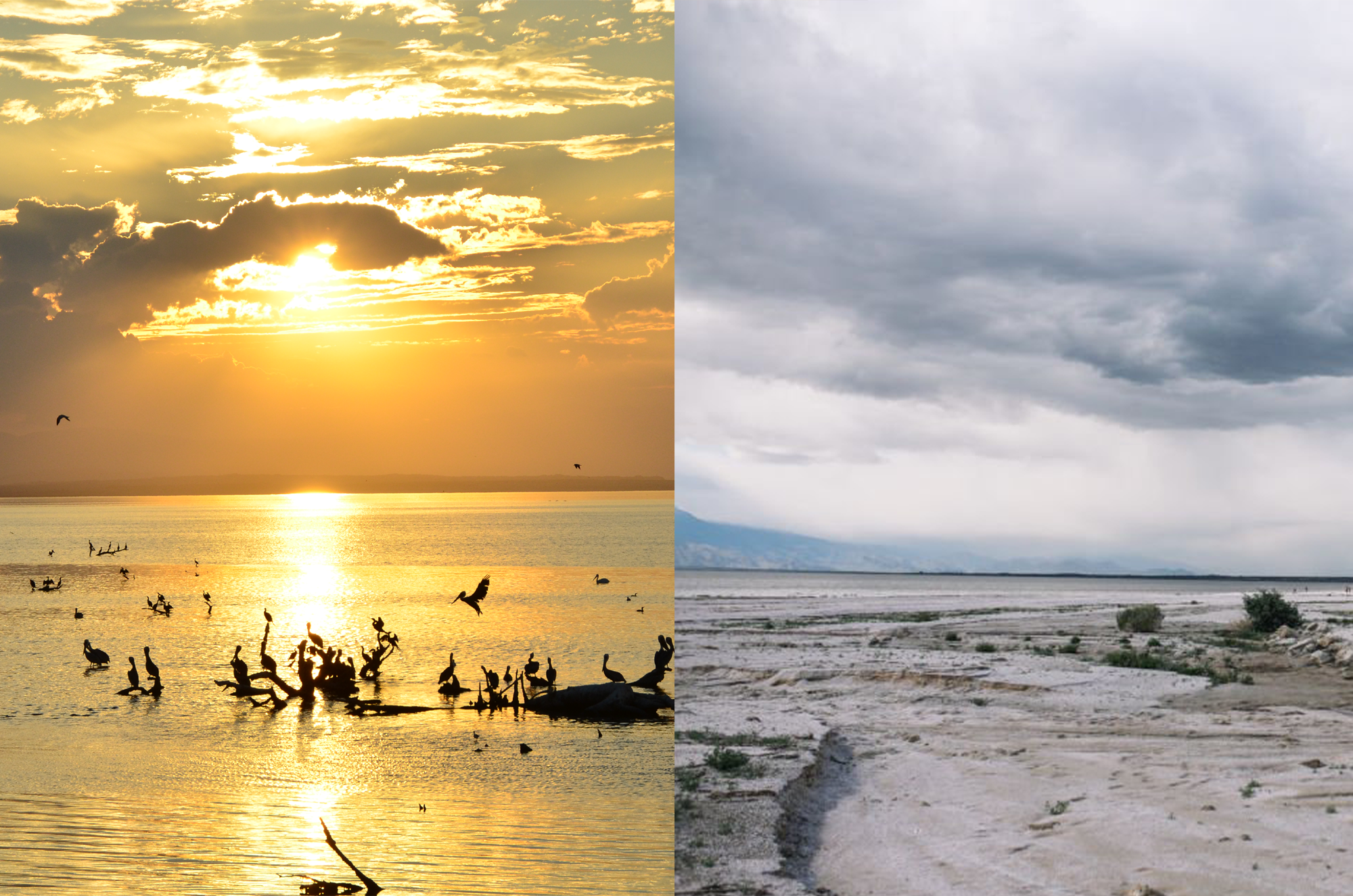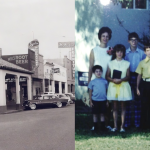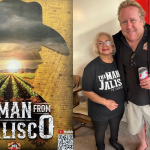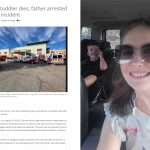written by sharon burns, citizen journalist
edited by sarina e. guerra
Folks around the Salton Sea know the changes here all too well: the water keeps pulling back, leaving more dusty lakebed (playa) exposed. That dust doesn’t just blow away—it can carry harmful particles right into our neighborhoods. Concerned about what this means for our health, local community leaders and University of California researchers have joined forces on a new project to better understand the risks and find ways to keep our air—and our families—safe.
At a recent gathering at the Niland Cooling Center, Eric Montoya Reyes, Executive Director of Los Amigos de la Comunidad, welcomed residents with a clear message:

“We’re watching the Salton Sea shrink right in front of us,” Reyes said. “Now we need solid, reliable data to help us make the best decisions for our community’s future.” Hosting the meeting in Niland was no accident—it’s one of the towns most directly affected by both the receding shoreline and the growing lithium industry.
The Salton Sea wasn’t always here in its current form—it was accidentally created in 1905 when water from the Colorado River flooded into the desert basin. For decades, it became a fishing, boating, and birdwatching destination.
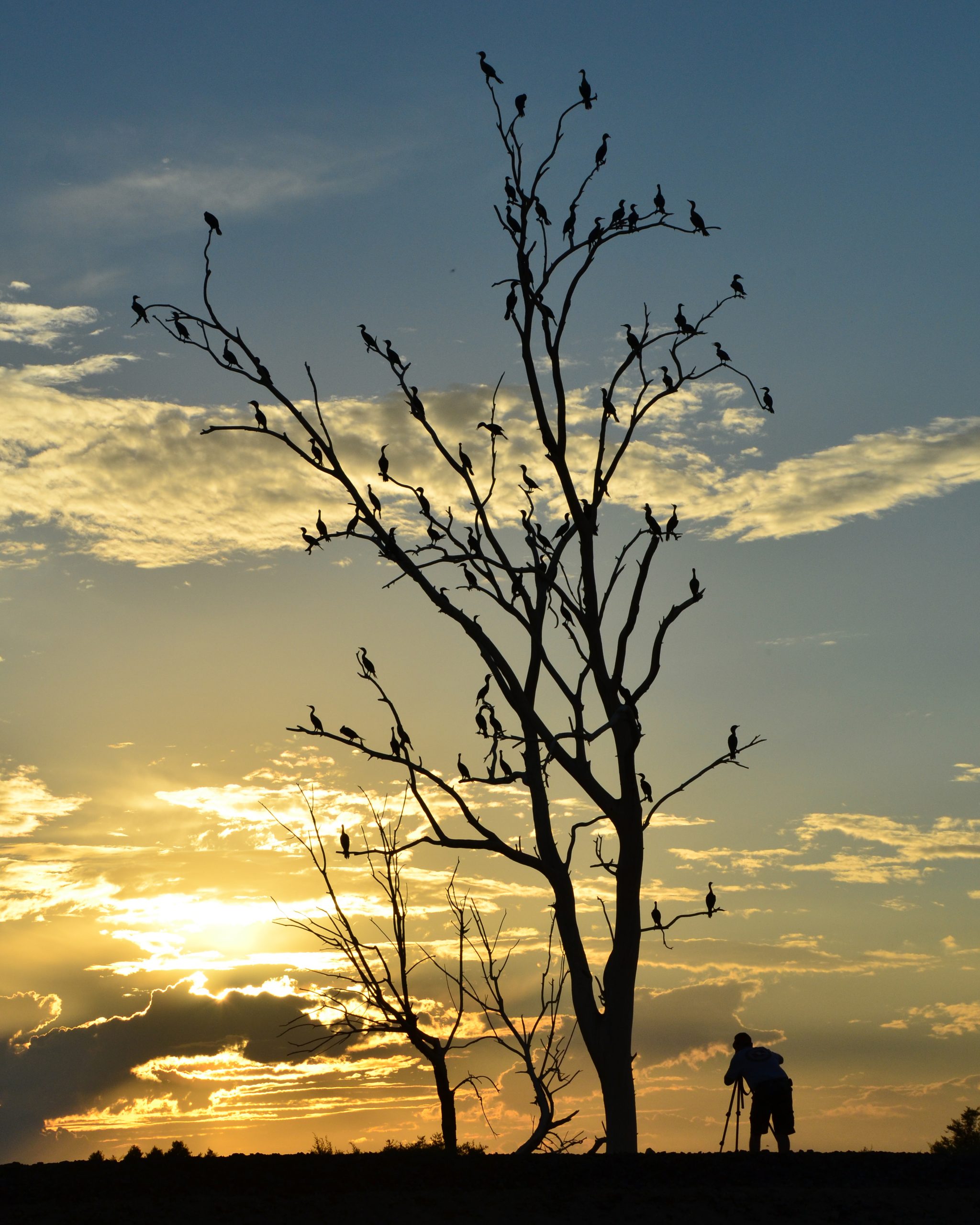
Credit: Letty Guerra
But with no natural outlet and reduced inflow from surrounding rivers, the Sea has been shrinking for years. As water disappears, the salty, dusty lakebed is left behind. This “playa”, which translates to “beach”, or more specifically, a sandy shore along a body of water, can release dust that may contain salts, pesticides, and other pollutants from decades of agricultural runoff.
At the same time, the Salton Sea region has drawn attention for another reason: lithium. The geothermal brines beneath the Sea hold large amounts of this valuable mineral, used in rechargeable batteries for everything from electric vehicles to smartphones. Proponents say lithium extraction could bring jobs and investment to the area. But there are questions about how this new industry might affect water use, dust control, and the long-term health of the Sea and its communities.
This effort, supported by the California Air Resources Board, brings together scientists from UC San Diego and UC Riverside who want to work hand-in-hand with locals. The team includes Dr. Amato Evan, an atmospheric scientist; Dr. Will Porter, an atmospheric physicist; and Dr. Alex Heaney, an environmental health researcher. Their shared goal: figure out exactly what’s in the dust, how it moves, and how it might be impacting people’s health—then make sure that information gets back into the hands of the community.
Dr. Amato Evan shared that while we often hear about “toxic dust” from the Salton Sea, no one has really pinned down what’s in it yet. “It’s possible the dust is harmful, but we need actual measurements to know for sure,” Evan explained. His team is collecting dust and soil samples from key spots—especially near river inlets and towns like Bombay Beach and Salton City. They’ll test for things like…
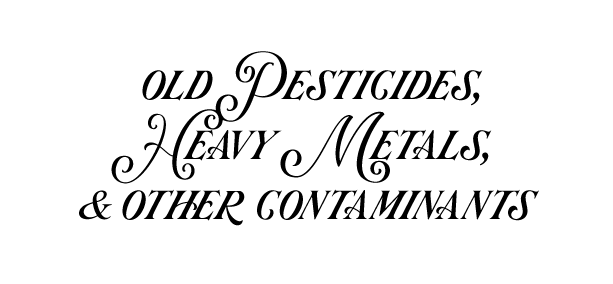
…that could be risky for health.
Dr. Will Porter and his team are using advanced computer models to trace how dust travels from the exposed playa into nearby neighborhoods. By studying wind patterns and air quality records, they can see which communities are getting hit hardest now and what might happen as more shoreline is uncovered.
Meanwhile, Dr. Alex Heaney is looking at the human side—how dust exposure might connect to hospital visits for breathing problems, heart issues, allergies, and even birth outcomes. “We want to understand not just where the dust is going, but who it’s affecting the most,” Heaney said. She emphasized that hearing directly from residents will help fill in the gaps that numbers alone can’t show.
One of the promises of this project is transparency. As soon as new results are ready, they’ll be shared openly—both on the Los Amigos de la Comunidad website and at community meetings. Neighbors are encouraged to suggest new places for dust sampling and to share ideas on how findings can be presented in a way that makes sense for everyone.
Local advocates say this collaboration is exactly what they’ve been waiting for. “For years, we’ve asked for clear proof linking the Salton Sea’s dust to our health problems,” one neighbor shared. “Now, we’re finally getting the kind of evidence that can lead to real change and better protection for our families.”
While the future of the Salton Sea is still uncertain, this partnership between neighbors and scientists is a hopeful step forward—grounded in good data, community voices, &…

Want to get involved? Visit the Los Amigos de la Comunidad website or email the research team at ucdust@ucsd.edu.
Licensed English tutor specializing in high school & college support — elementary students welcome too. ✍️📚

